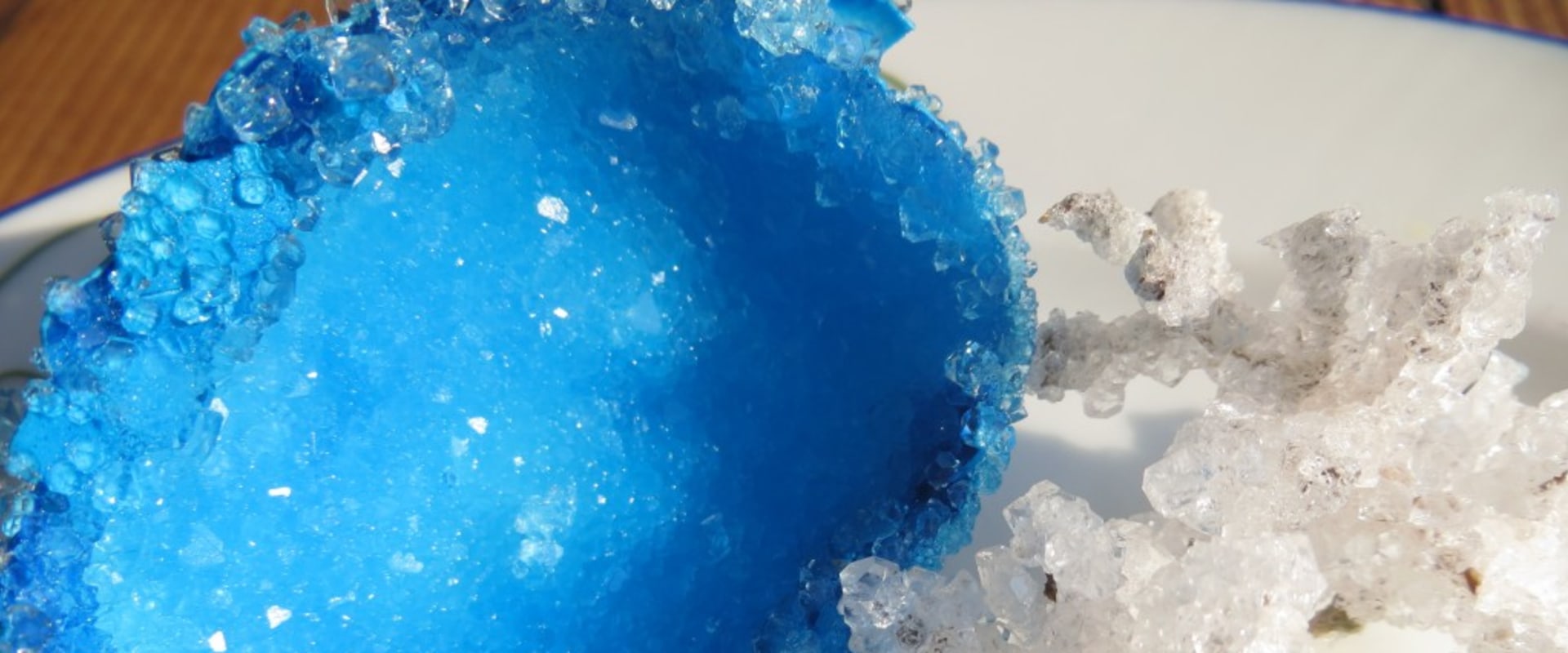Crystals are fascinating and complex structures, and their growth is affected by a variety of factors. Solubility of the solute in the solvent, the number of available nucleation sites, and time are all important considerations when it comes to crystal growth. Temperature is also a key factor, as it increases the evaporation rate of the solvent, thus accelerating the growth rate. In other words, crystals grow faster in warmer temperatures because the liquid containing the dissolved material evaporates quickly.
Convection is another method for growing high-quality crystals. This involves creating a temperature gradient in the crystallization vessel by cooling or heating part of it, which leads to a slow and constant flow within the liquid phase. The idea is that more substance dissolves in the hottest part of the container and travels to the colder region where it begins to crystallize. The crystals move with the current and travel to the hotter zone, where they completely or partially dissolve.
Those that only partially dissolve will grow on their next trip from warm to cold and warm up again. Several hundred cartridges can create a glass of good diffraction quality. The velocity in the vessel is proportional to the heat gradient, which should not be too large, since too fast a convection will not leave enough time for nucleation. Under the old Garbage In = Garbage Out rule, a crystal structure is only as good as the glass used for data collection.
To ensure high-quality crystals, it's important to remove smaller, larger, better-looking crystals from the saucer to use them as a crystal seed. Temperature and humidity are two factors that affect evaporation rate, so you could design an experiment to see how different temperatures and humidity levels affect the rate of crystal growth and the size of crystals. It's also important to note that some crystals may have broken parts or may even be more than one glass glued together, making them look different from the others.
